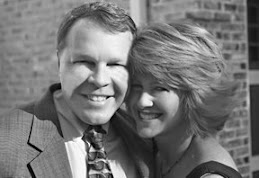30/04/19
After clearing the Pyrenees & Roncesvalles, I wasn't prepared for the tough downhill & rocky slog to Zubiri. Somehow you get it in your head that the Pyrenees are the tough days you have to prep for, but it's just the first challenge in a long adventure. The small wiggly rocks were unstable & required poles & careful foot placement for mile after mile. I was so glad to cross the Puenta de la Rabia bridge (named for the belief that if animals were led over the bridge three times they would be cured of rabies) into Zubiri & spend a few moments enjoying the icy cold of the river on my hot & tired tootsies. Here I met Mr. Blister, a fellow with a pair of particularly gnarly feet.
I stayed at a lovely aubergue, Suseia, with a communal meal and grassy courtyard that served as my outdoor yoga studio. My yogi, Caryn, would be proud
.
22k to Zubiri (population 400)
After clearing the Pyrenees & Roncesvalles, I wasn't prepared for the tough downhill & rocky slog to Zubiri. Somehow you get it in your head that the Pyrenees are the tough days you have to prep for, but it's just the first challenge in a long adventure. The small wiggly rocks were unstable & required poles & careful foot placement for mile after mile. I was so glad to cross the Puenta de la Rabia bridge (named for the belief that if animals were led over the bridge three times they would be cured of rabies) into Zubiri & spend a few moments enjoying the icy cold of the river on my hot & tired tootsies. Here I met Mr. Blister, a fellow with a pair of particularly gnarly feet.
I stayed at a lovely aubergue, Suseia, with a communal meal and grassy courtyard that served as my outdoor yoga studio. My yogi, Caryn, would be proud
22k to Zubiri (population 400)
 |
| Aubergue Suseia |





















